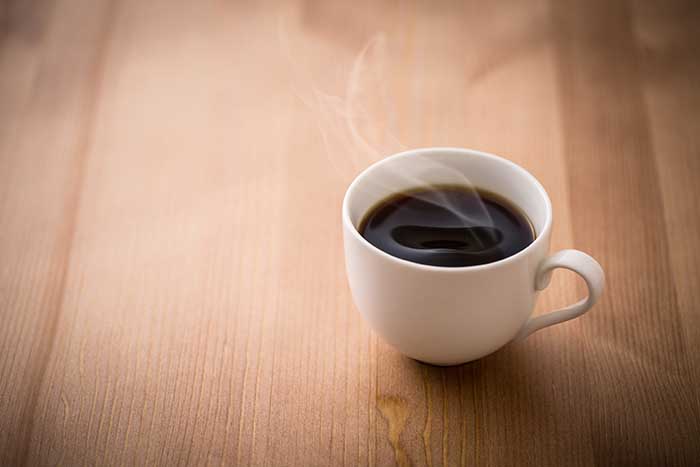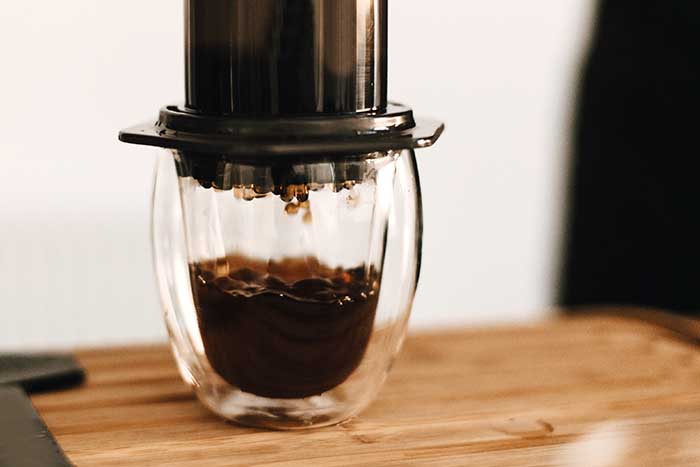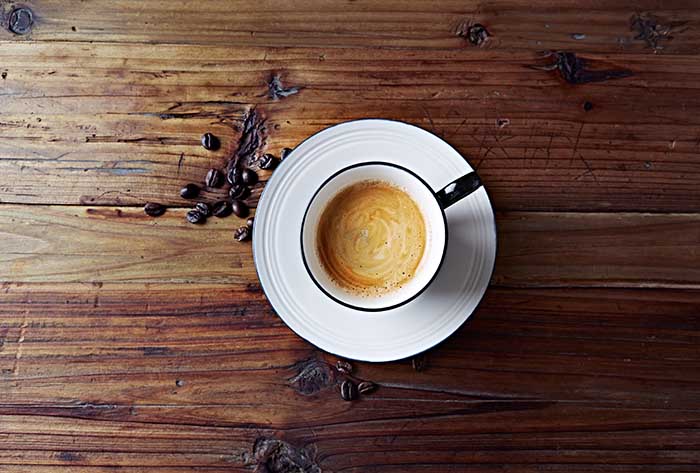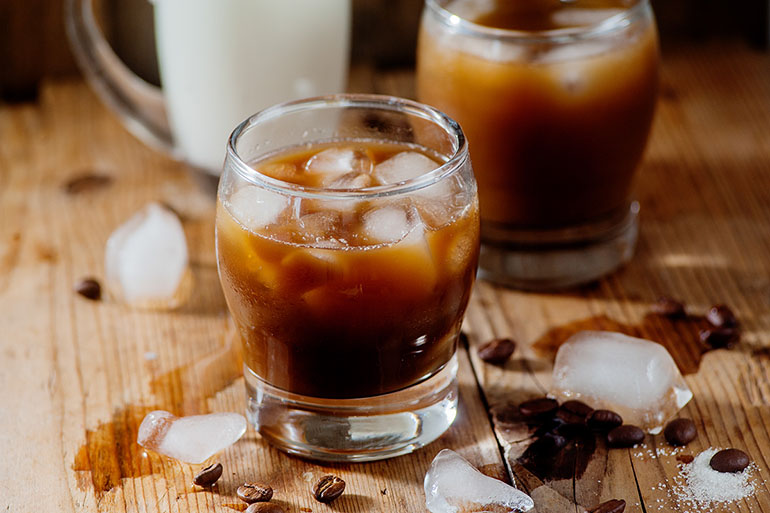Coffee brewing temperature can make or break your favorite drink. Find out everything you need to know with our guide to serving the perfect cup of coffee.

Coffee is an essential part of how we start our day. But how do you know how hot the coffee should be? It turns out that there are three temperatures: drinking temperature, serving temperature, and how to make iced coffee. For those who love making their own coffee at home, this article will help explain the difference between these temperatures and how they can affect your experience with a cup of joe!
Brewing Temperature vs Serving Temperature: What’s the difference?
Coffee connoisseurs will often point out what’s wrong with a particular cup. Often it boils down to how you made it. Temperature is a big part of this. The main culprit of “bad” coffee is the wrong temperature. If you are fussy about the quality of coffee in your cup. You will also be fussy about the temperature at which it is brewed and the temperature at which it is served.
The brewing temperature remains the same regardless of how the coffee is brewed. The right temperature is 205˚F.
The coffee beans release their flavor at this temperature. That is the sweet spot. Water boils at 212˚F. To ensure that your water has reached the right temperature for you to brew your coffee, you can use a thermometer.
When it comes to serving the coffee, expert advice pegs it at 185˚F. You have a goldilocks situation at this temperature, not too hot and not too cold, but just right. Some say that you can also serve it at temperatures between 150˚F and 175˚F. Whereas some say the optimal serving temperature is between 120˚F and 140˚F. At this temperature, the flavors burst through and aren’t drowned. High temperatures can overwhelm more delicate flavors.
If you drink coffee for the fact of it being a hot drink, then take it at a temperature between 180˚F and 185˚F. The hotter the temperature the more you will enjoy it for its temperature. If you are looking for more acid in the cup, go for a cup served at 120-140˚F. If you prefer the more bitter taste of coffee then take it at temperatures between 150˚F and 175˚F.
What is the ideal temperature for coffee?
If you drink coffee for the fact of it being a hot drink, then take it at a temperature between 180˚F and 185˚F. The hotter the temperature, the more you will enjoy it for its temperature. If you are looking for more acid in the cup, go for a cup served at 120-140˚F. If you prefer the more bitter taste of coffee then take it at temperatures between 150˚F and 175˚F.
What happens if you get the wrong temperature
Too high
The flavors of coffee can be influenced and changed by the temperature at which it is brewed and served. If the temperature is too high, you can break down the nutrients in the coffee. You may also lose the flavor. You can enjoy the heat of the drink, but chances are the taste will be muted.
The grounds can become over-extracted. This results in a bitter, almost ugly taste. Over extracted flavors mean the coffee has been extracted in large volumes and too fast. During this process, oxygen is stripped away from the brew. This yields a taste that you do not expect from a good cup.
Too cold
As much as temperatures shouldn’t be higher than recommended, they also shouldn’t be lower. If the water is not boiled enough, it will mean that the coffee ground is not extracted enough. The flavor is altered. If the coffee is not extracted enough, you may end up with sour and less than desirable coffee in taste. It may be devoid of taste entirely. You also find that the coffee will have a much thinner body or even a non-existent body.
It’s important not to confuse coffee brewed with water too cold with coffee meant to be served cold. If the coffee is intended to be served hot, temperatures below the optimal temperatures can be classed as being too low and will not allow the coffee ground to release the right flavors.
Does temperature affect caffeine content?
Short answer, yes. Caffeine content is affected by temperature. More caffeine dissolves in higher temperatures. It is also extracted at a faster pace and in larger volumes, making the brew more caffeinated. More caffeine is extracted with hot water, and the reverse is also true.
How to ensure you get the right temperature
You can make sure that your coffee is at the right temperature using a temperature gauge or thermometer. This way, you will know what temperatures have been reached. Your other option is to make sure that the water is boiled to 205˚F maximum, and you can ensure this happens by setting the kettle to this temperature.
Your other option is to boil the water and then transfer it to another container to measure the temperature. Or you could boil water and then allow it to sit in the same vessel for about 30 seconds.
What about cold brews and iced coffees?
We have established that low temperatures can compromise the quality of the coffee. But this is only if the coffee is meant to be had as a hot beverage. The brewing process is what makes all the difference. If it is made to be had cold, then the quality of the coffee is not compromised at all.
If you will be making cold coffee, the initial brewing temperature is lower than the temperature used to brew hot coffee. You can steep the coffee at room temperature for cold coffee, which is about 70˚F, or at fridge temperature, about 35˚F. To do this, you will need to use cold water or water that is at room temperature. You will need more time for this coffee to be extracted properly.
While hot coffee only needs a couple of minutes, cold coffees will need about 10 hours. The amount of time required will depend on the temperature of water you are using. The colder the water, the longer it will take to steep the coffee. It could take you up to 20 hours or so to get the right balance and extraction.
With longer extraction times, it means that you will wind up with a lighter tasting brew. One of the most dominant advantages of cold coffee is that it is less acidic.


